DS%202.3
Tutors
Shahed Saleem
s.saleem@westminster.ac.ukShahed Saleem is a practising architect and academic. His area of specialism is in researching under-represented architectural histories through participatory and other methods. He writes on the intersections between heritage, nationhood, identity and belonging.
Read More...Michael Rose
m.rose@westminster.ac.ukMichael Rose graduated from the AA School of Architecture in 1971, and has been teaching architecture for over 40 years. His interests lie in how architecture can enhance human experience and well-being, and celebrate cultural diversity.
Read More...Guest Critics
Pat Woodward (Mathew Lloyd Architects)
Khuzema Hussain (Collective Works)
Malcolm Crayton (Form Studio)
Mirna Pedalo (RCA/ Westminster)
Fiona Dunn (BDP)
Antonio Moll (Moll Architects)
Leen Ajlan (RCA)
Hafsa Adan (OpenCity)
Nada Maktari
Thanks
Christopher Daniels
Read More...In this studio we start by looking at the relationship between the personal and the public, where do the boundaries lie and how can we design at the intersections. We will look at local spaces of public encounter, investigate the dynamics and mechanics of these, and ask if architecture can enable meaningful intercultural interactions. We then look at how public space and architecture inter-relate on a larger, civic scale, and explore the historical roots of significant public spaces. We ask what kind of architecture might re-signify and re-activate public space for our contemporary and complex times. We then progress these ideas to look specifically at development projects in London that provoke contestations over public and civic space. Students explore the issues behind these developments, from commercial to council interests, and also engage with the public opposition to these schemes. Taking all of these dynamics on board, students propose their own counter narratives, alternative proposals that offer new insights and challenges to the established narratives of city-making. Through this process we found that the development of the city entails a highly complex series of interconnections; between memory, history, nostalgia, fantasy, ambition, self-interest, community, care. As architects, we need to understand this complexity and synthesise many strands of knowledge and information and decide how we want to act, and what story we want to tell.
Read More...











